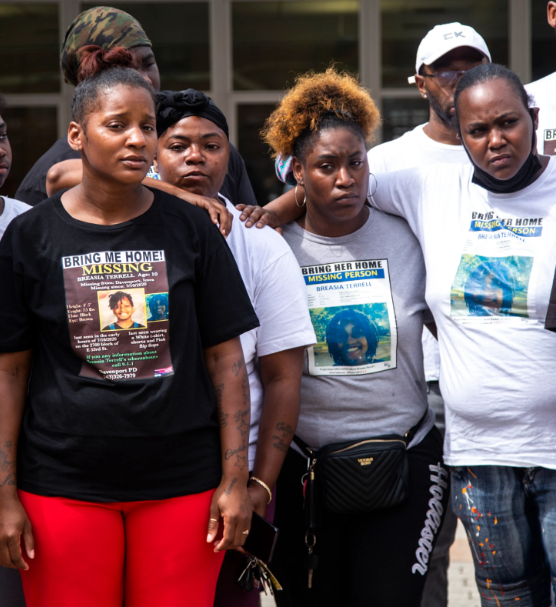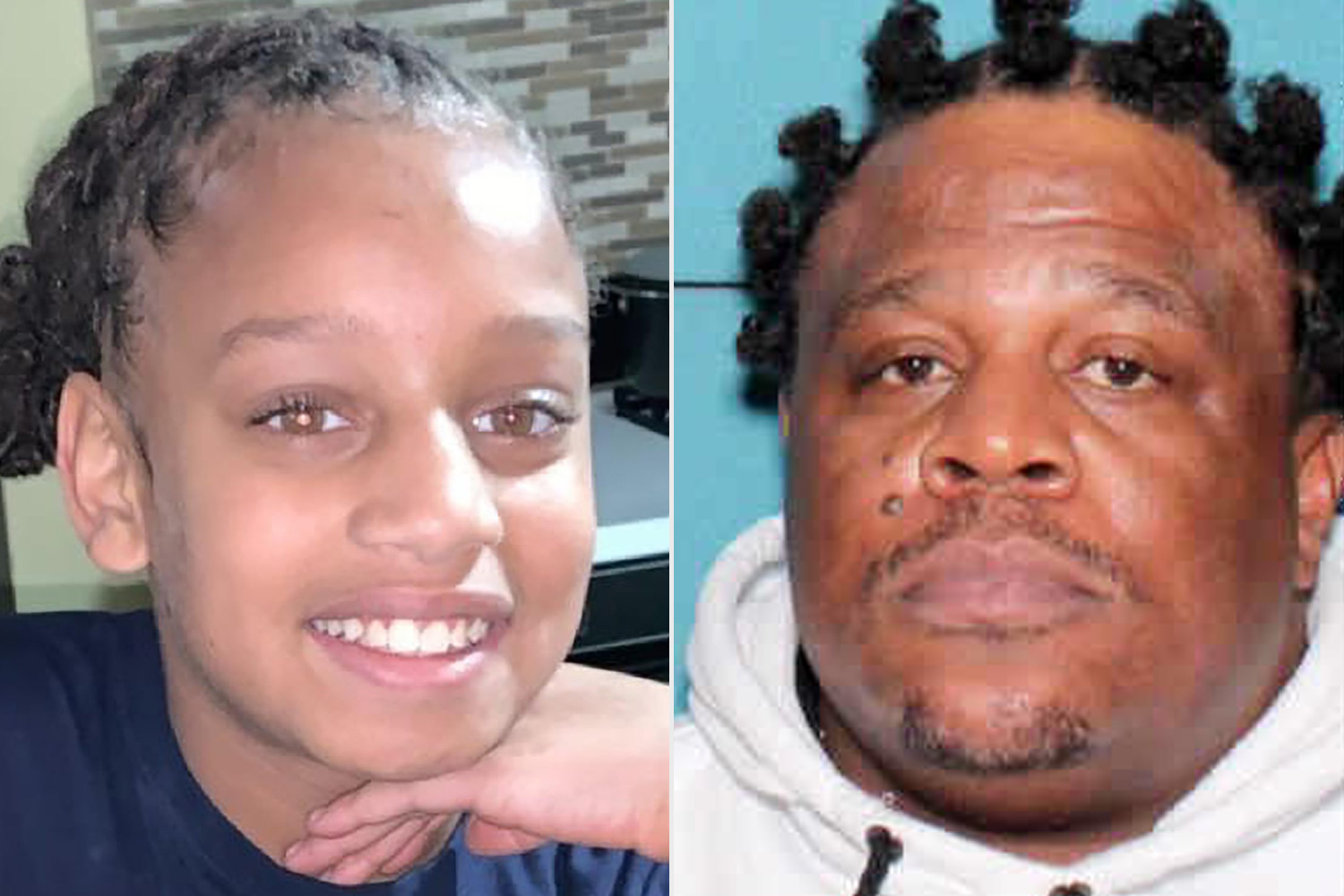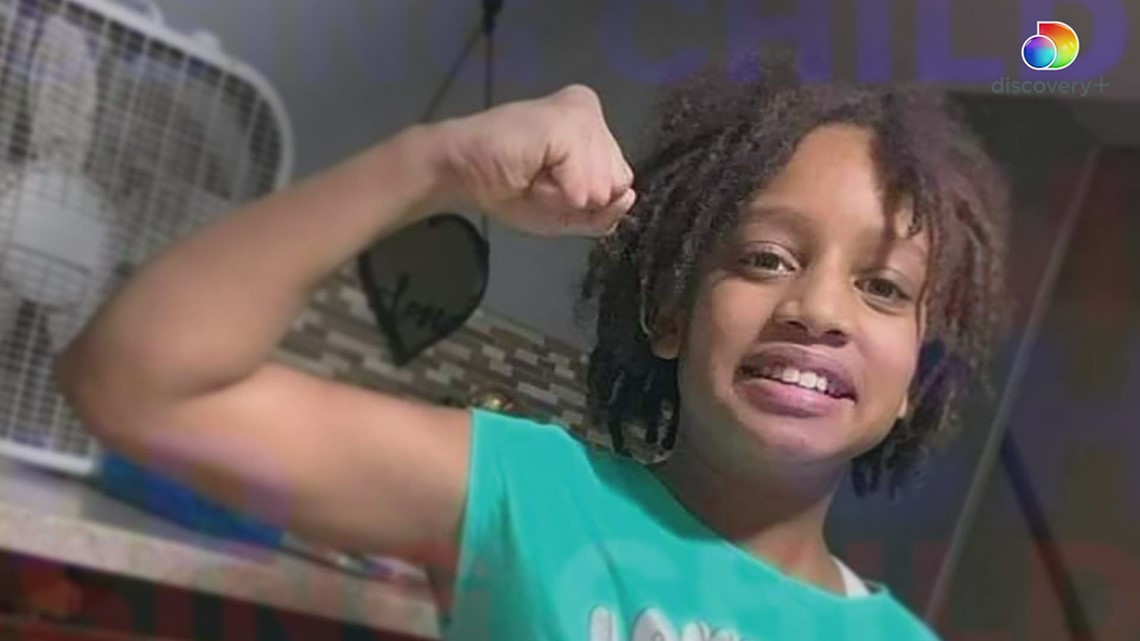Breasia Terrell: Murder Case & Trial Updates
What transforms a seemingly ordinary night into an unimaginable nightmare? The disappearance of Breasia Terrell, a vibrant 10-year-old from Davenport, Iowa, unveils a chilling tale of betrayal and loss that continues to haunt the community.
Breasia Terrell vanished on the night of July 10, 2020, after spending the night at the apartment of Henry Earl Dinkins, the father of her half-brother. Initially, the situation seemed like a missing child case, triggering an Amber Alert and a frantic search involving law enforcement, volunteers, and even K9 units. Hope dwindled as days turned into weeks, then months. The agonizing uncertainty stretched through the changing seasons, leaving a community on edge and a family desperate for answers. Then, on March 22, 2021, the worst fears were realized. Fishermen made a grim discovery near DeWitt, a rural area north of Davenport: human remains later identified as Breasia Terrell. The investigation shifted from a missing person case to a homicide investigation, focusing squarely on Henry Dinkins.
| Full Name | Henry Earl Dinkins |
| Date of Birth | (Information not definitively available in provided text, needs further research) |
| Location | Davenport, Iowa |
| Criminal Charges | Kidnapping and Murder of Breasia Terrell |
| Prior Record | Registered Sex Offender |
| Legal Status | Convicted |
| Reference | KCRG News Article |
Dinkins' son delivered devastating testimony during the trial, claiming he witnessed his father shoot Breasia. This chilling account, combined with cellular data and video evidence linking Dinkins to the crime scene, painted a damning picture for the prosecution. The courtroom atmosphere was thick with emotion, particularly during Aishia Lankfords, Breasia's mother, heart-wrenching outburst directed at Dinkins. Her cry of "You lost her!" echoed the collective grief and outrage of a community grappling with the senseless loss of a young life. The details of the case, including autopsy photographs and a bullet recovered from Breasias hair, provided gruesome evidence of the violence inflicted upon her. Heather Garvin, a forensic anthropologist, meticulously pieced together the tragic story told by Breasias remains, confirming her identity through dental records. Matthew Dean, a former inmate who was housed with Dinkins in the Clinton County Jail, also provided testimony, further strengthening the case against him.
The trial concluded with Dinkins being found guilty of both kidnapping and murder. The verdict brought a measure of closure to Breasia's family and the community, though the pain of her absence remains a constant reminder of a life stolen too soon. The case serves as a stark reminder of the vulnerabilities faced by children and the devastating consequences of violence. The memorial erected near where Breasia's remains were found stands as a testament to a life tragically cut short and a community's determination to never forget her.
The chilling testimony from Dinkins' own son, who recounted seeing his father shoot Breasia, sent shockwaves through the courtroom and the community. This firsthand account, combined with the extensive digital footprint left by Dinkins, solidified the prosecution's case. Cell phone data placed him in the vicinity of the crime scene, and video footage captured his movements around the time of Breasia's disappearance.
The location where Breasia's remains were found, a remote area near DeWitt, further underscored the calculated nature of the crime. The discovery, made by fishermen months after her disappearance, extinguished any remaining hope that she might still be alive. The meticulous work of forensic anthropologist Heather Garvin brought a scientific precision to the heartbreaking narrative, confirming Breasia's identity and piecing together the final moments of her life. The bullet found in her hair served as a chilling reminder of the brutality she endured.
The trial exposed a complex web of relationships and circumstances. Dinkins, already a registered sex offender, was entrusted with the care of Breasia while she spent time with her half-brother. This betrayal of trust amplified the tragedy and left the community grappling with questions of how such a horrific crime could occur. The raw emotion displayed by Breasia's mother, Aishia Lankford, during the trial captured the profound grief and anger felt by those who loved her. Her anguished cries in the courtroom became a symbol of the collective pain experienced by the community.
Beyond the legal proceedings, the case of Breasia Terrell raises broader questions about child safety and the importance of vigilance within communities. It highlights the crucial need for effective law enforcement responses and the vital role played by forensic science in uncovering the truth. The memorial erected near the site where Breasia's remains were discovered serves as a poignant reminder of a young life lost too soon and a community's unwavering commitment to seek justice for her. It is a solemn space where grief and remembrance intertwine, offering a place for reflection and a promise that Breasias story will not be forgotten.


